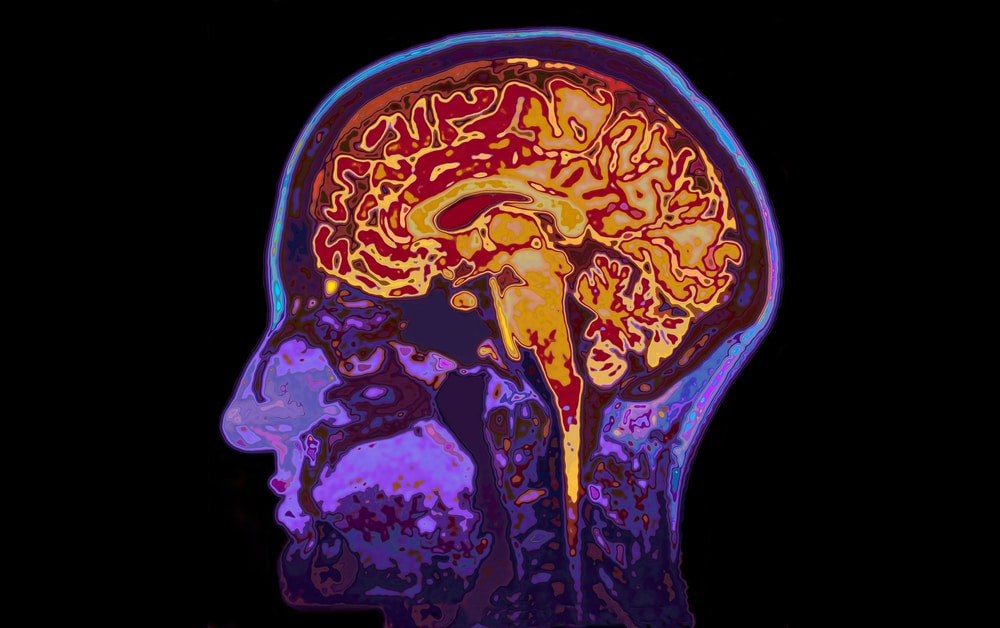Mild to moderate AD patients and mild cognitive impairment patients were involved in the study between the ages of 50-85 years old with no past history of stroke, concussive head injury, epilepsy, migraine, significant systemic or psychiatric disease, other neurodegenerative diseases, or use of medications/treatments that would influence neuropsychological testing.
LED lighting with 40Hz flicker was utilized to expose subjects to 10 days of light therapy with 2 hours of daily exposure, and post intervention PiB PET on day 11. After 10 days of light therapy no significant decrease of PiB SUVR values were detected in any volumes of interest tested or in total motor cortex. No effect of 40Hz light therapy was found on Aβ load in any region of early AD patients. Longer treatments may be required to induce amyloid removal in humans.
Retesting showed a mean difference in PiB-intake of 3-7% in cortical regions within 20 days, with the greatest difference of 12.7% seen in the striatum. Power calculation was based on 12% test-retest variance of PiB PET scans yielding 90% to detect a 20% decline in SUVR, which is a conservative estimate as another PiB PET study showed lower regional difference within 20 days. If there was an effect of 40Hz light therapy on Aβ load it was most likely less than 20% and not comparable to the 50% reduction seen in AD mice.
It is possible that longer duration of light therapy regimes may have had more measurable effects, and that therapeutic effect in humans may only be achieved by directly looking into the light source not only being a flashing environment. Additional studies are required to investigate whether extended duration and light source in therapies may have beneficial effects.
There were several limitations to the study such as duration of light stimulation being brief, and subjects had gaps between pre and post intervention scans. Regardless researchers concluded that the magnitude of light therapy induced reduction in cortical amyloid load seen in mouse models do not occur in humans due to their short duration 40Hz therapy regime not decreasing cortical amyloid load in AD patients.




